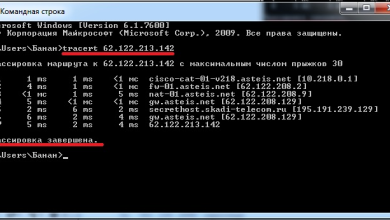How to Install the Latest ncdu on Ubuntu Linux
How to Install the Latest ncdu on Ubuntu Linux
If you’re looking to manage disk space on your Ubuntu system efficiently, ncdu (NCurses Disk Usage) is an invaluable tool. It provides a user-friendly interface for analyzing disk usage and helps you quickly identify large files and directories. This guide will walk you through the steps to install the latest version of ncdu on Ubuntu Linux.
Step 1: Update Your Package List
Before installing any software, it’s essential to update your package list to ensure you’re getting the latest available versions. Open your terminal and run the following command:
sudo apt update
This command refreshes the list of available packages and their versions, which is a crucial step before installation.
Step 2: Install ncdu
Once your package list is updated, you can install ncdu directly from the official Ubuntu repositories. Simply execute the following command:
sudo apt install ncdu
This command will download and install ncdu along with any necessary dependencies. Depending on your system’s configuration and internet speed, this process should only take a few moments.
Step 3: Verify the Installation
After the installation is complete, it’s a good idea to verify that ncdu is installed correctly. You can do this by checking its version with the following command:
ncdu –version
If the installation was successful, the terminal will display the installed version number, confirming that ncdu is ready for use.
Step 4: Using ncdu
To start using ncdu, simply run the command followed by the directory you want to analyze. For instance, to analyze your home directory, you can use:
ncdu ~
When you execute this command, ncdu will scan the specified directory and present you with a visual representation of disk usage. You’ll see a list of directories and files sorted by size, allowing you to easily navigate through them.
You can use the arrow keys to navigate, and the spacebar to select items. If you find a file or directory that you want to delete, simply press the d key to remove it directly from within ncdu. This feature makes it easy to free up space without needing to leave the application.
Step 5: Additional Features
ncdu comes with several options to enhance its functionality. You can run it with the -x flag to stay within a single filesystem, which can be useful if you have multiple mounted filesystems. The command would look like this:
ncdu -x /
Additionally, you can use the –exclude option to skip certain directories or files. For example:
ncdu –exclude /path/to/exclude ~
These features allow for more tailored disk usage analysis, making ncdu even more versatile.
Conclusion
Installing ncdu on Ubuntu Linux is a straightforward process that significantly enhances your ability to manage disk space. With its intuitive interface and powerful features, you’ll be able to identify large files and directories quickly and efficiently.
Regularly checking your disk usage with ncdu can help keep your system running smoothly and free from clutter. By following these steps, you can ensure that you have the latest version of ncdu installed and ready to help you maintain your Ubuntu system effectively. Whether you’re a casual user or a seasoned administrator, ncdu is a must-have tool for disk management.





